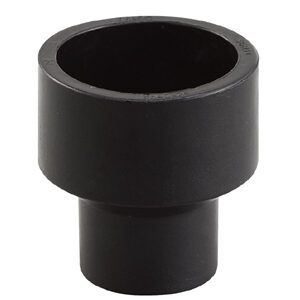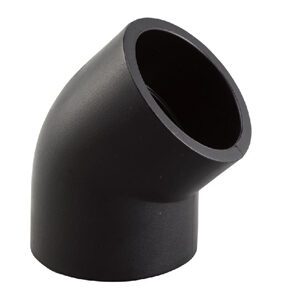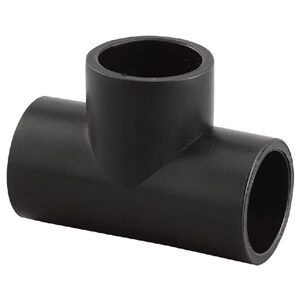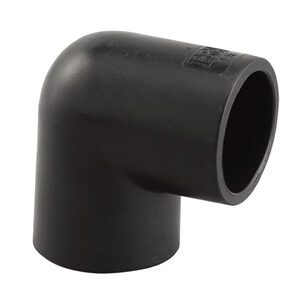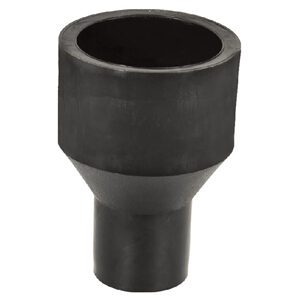Product System
PE Butt Welding & Socket Welding Fittings


PE Butt Welding & Socket Welding Fittings
The flexibility of HDPE, combined with the use of heat fusion to join the pipe, means fewer fittings are required.HDPE pipe joined with heat fusion provides leak free connections.
Application
HDPE pipe system is used across the globe for applications such as water mains, gas mains, sewer mains, slurry transfer lines, rural irrigation, fire system supply lines, electrical and communications conduit, and stormwater and drainage pipes.
Advantages
| Benefits |
| Long service life |
| Electrical insulation |
| Good heat preservation |
| Good chemical resistance |
| Easy to operate |
| light in weight |
Product Details
Product Description
Scope: HDPE pipe system is used across the globe for applications such as water mains, gas mains, sewer mains, slurry transfer lines, rural irrigation, fire system supply lines, electrical and communications conduit, and stormwater and drainage pipes.
Referenced Standards: DIN STANDARD
Size: 40mm – 1,000mm
System: HDPE Pipe Fitting System
1.Leak-Free Joints
2.Fusion Joints
3.Trenchless Installation
4.The flexibility of HDPE, combined with the use of heat fusion to join the pipe, means fewer fittings are required.
5.HDPE pipe joined with heat fusion provides leak free connections.
Installation & Testing
Hot melt butt installation:
①Clean the heating plate, set the heating temperature to 220+10℃, and keep it warm for ten minutes
②Fix the pipes to be welded (pipe fittings)
③ Use a milling cutter to mill the end face of the pipe (pipe fitting)
④Check the coaxiality of the pipe
⑤Butt the pipe and the pipe, keep the pressure for 15 minutes, until the pipe is cooled
⑥The pipe and the heating plate collide with each other, forming a flanging around the pipe, the pressure drops to 0, and it starts to absorb heat, and the time is 10-12 times the wall thickness
Electrofusion installation:
① Before welding, select the appropriate welding voltage according to the marking parameters on the pipe fittings, the voltages are 220V and 380V
②Clean the pipe
③Identify insertion length
④Scrape off the oxide layer
⑤Clean the pipe
⑥Assemble
⑦Welding





